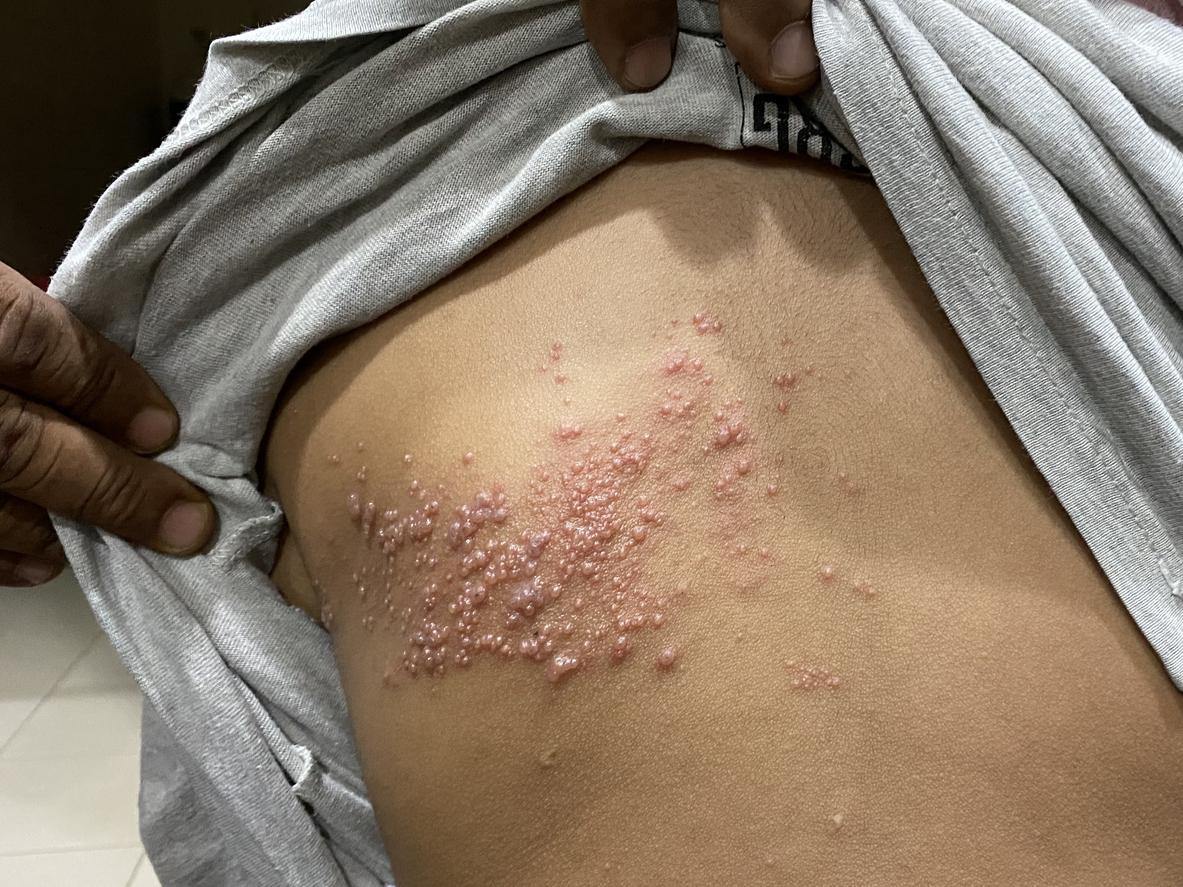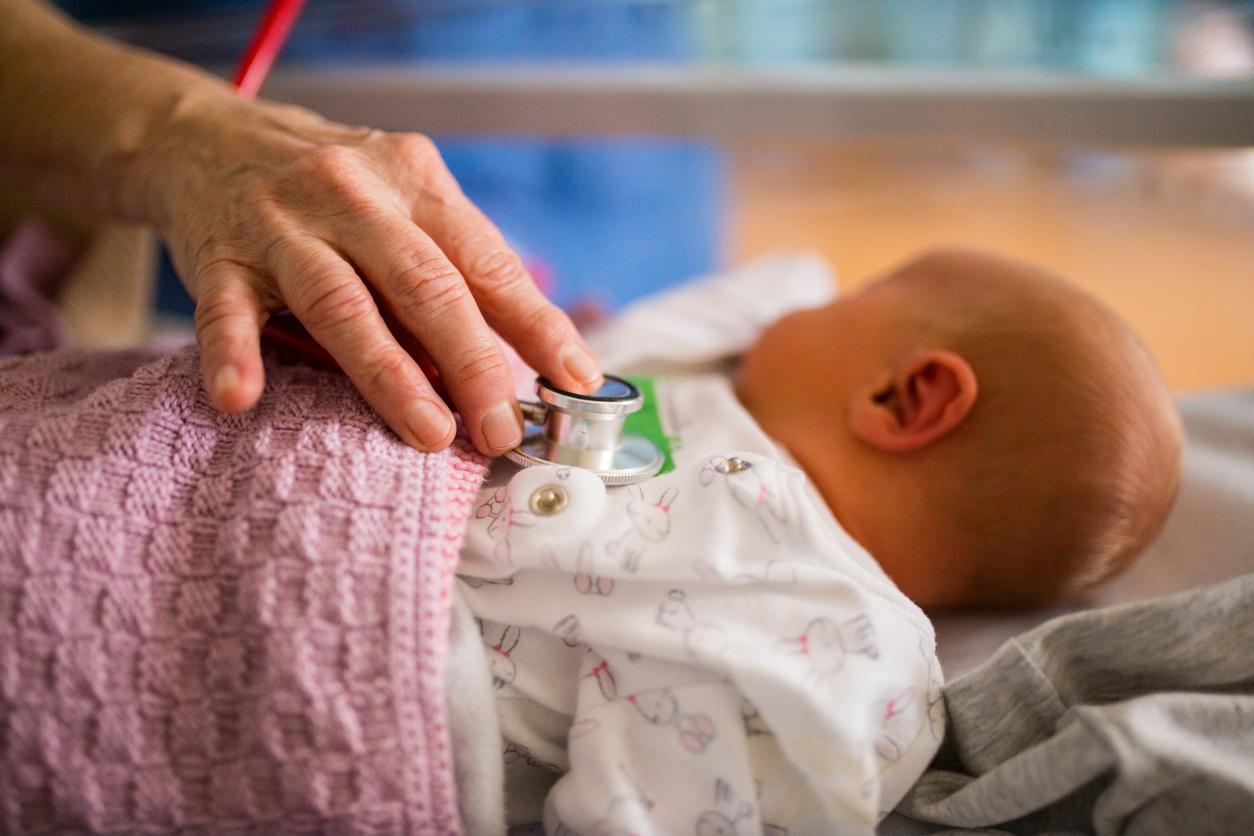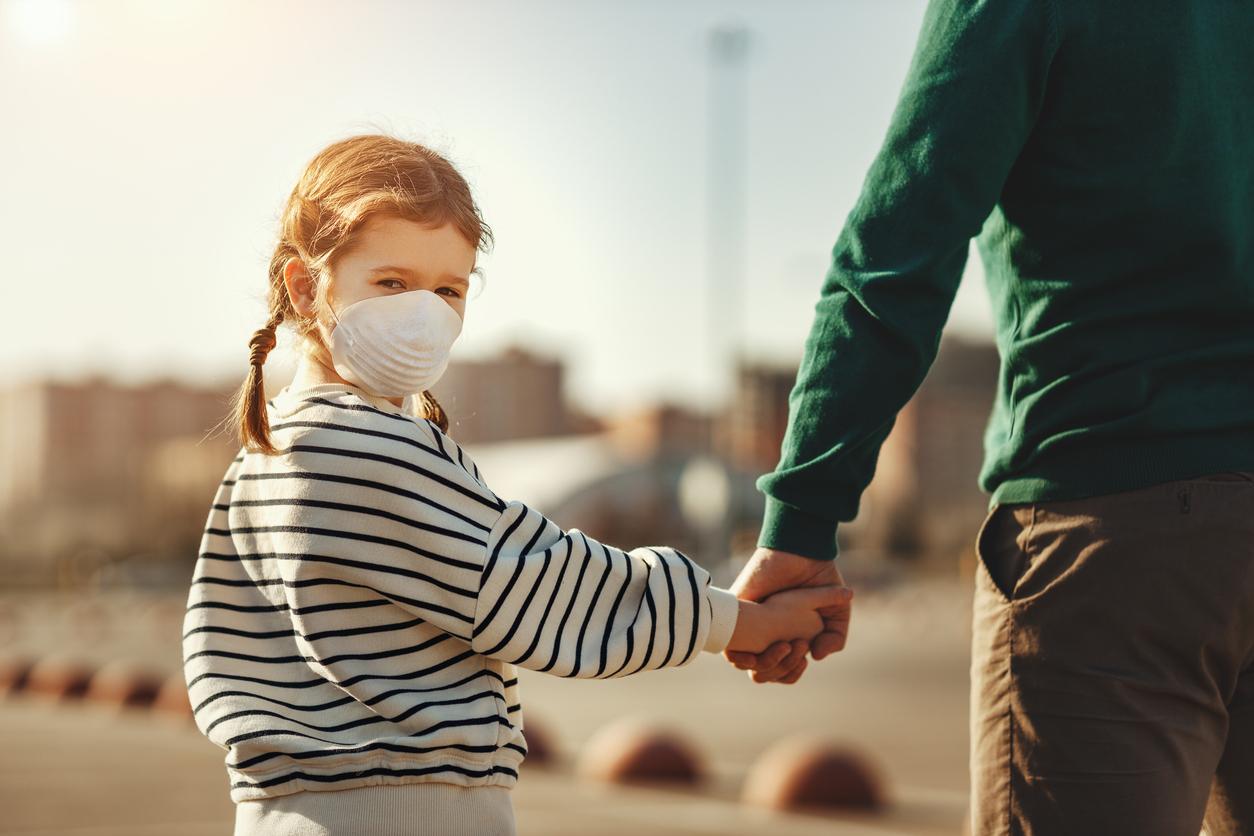78% of French people know nothing about shingles. Focus on this painful pathology.

- 78% of French people do not know about shingles.
- Shingles is an infection linked to the VZV virus.
- Shingles always manifests itself via a localized rash (unlike chickenpox which is general), made up of blisters appearing on reddened skin.
The vast majority of French people do not feel well informed about shingles (78%), according to a new survey by IPSOS and GSK.
“Only 17% of the general population perceive themselves to be at risk of developing shingles,” can we read in the report sent to the editorial staff. “The symptoms of the disease are also little known,” the text continues.
“This survey highlights the urgency of educating the general public about this particularly painful disease. Word of mouth dominates the sharing of information about shingles, which unfortunately encourages the spread of false beliefs,” deplores Laëtitia Longfier, head of the vaccine department at Ipsos Healthcare.
What is shingles?
Shingles is an infection linked to the VZV virus which is responsible for 2 clinical entities. About 90% of the population harbors VZV in a nerve ganglion, and reactivation of the virus is seen in about 1 in 3 of these people.
In the vast majority of cases, people affected by shingles will only experience one episode in their lifetime, but in 1% of cases, one or more other episodes may occur.
Shingles: the main risk factors
The main risk factors for shingles are age (increase in cases from the age of 50) or a weakened immune system (overwork, fatigue, stress, illness).
A person with shingles cannot transmit the disease to someone who has already had chickenpox, because it is the resurgence of a virus already present in the body. On the other hand, a person with shingles can transmit chickenpox to someone who has not had it.
What are the symptoms of shingles?
Shingles can affect different parts of the body:
– the thorax (once in two);
– the dorsolumbar region;
– the lower abdomen with possible damage to the genitals;
– the neck ;
– the face.
Whatever its origin, shingles always manifests itself via a localized rash (unlike chickenpox which is general), made up of vesicles appearing on reddened skin.
The sick person frequently presents with associated symptoms, such as mild fever (38 to 38.5°C); burning or stabbing pain; a temporary loss of sensitivity in the area affected by shingles.
Monitoring and treatment of shingles
In the case of a usual form of shingles, the doctor prescribes treatment to relieve pain and gives advice to avoid superinfection of the skin lesions. Severe forms of shingles require treatment with antiviral drugs and increased monitoring.
Vaccination is recommended in the elderly.


















